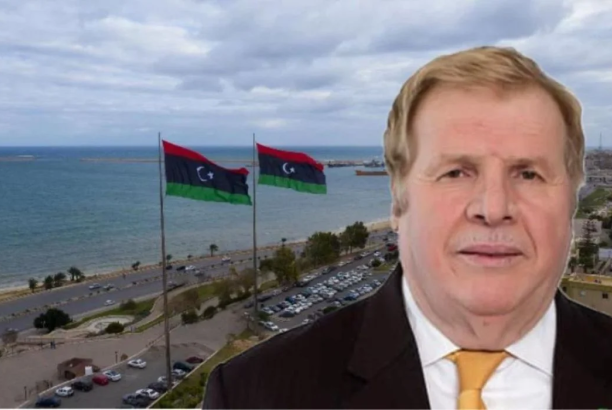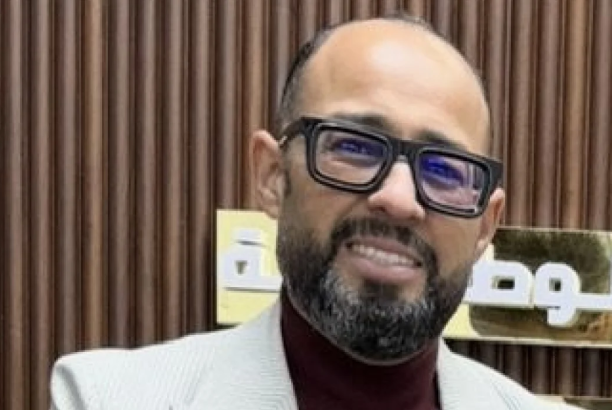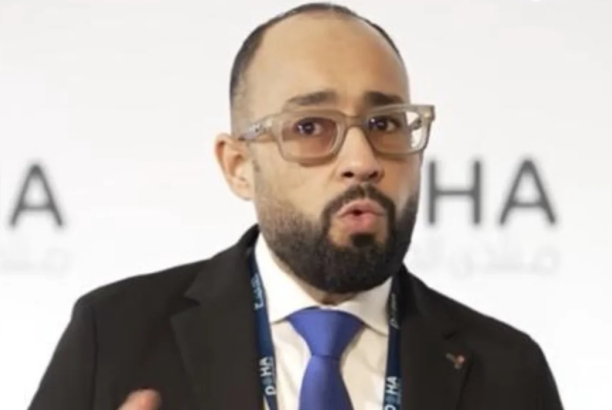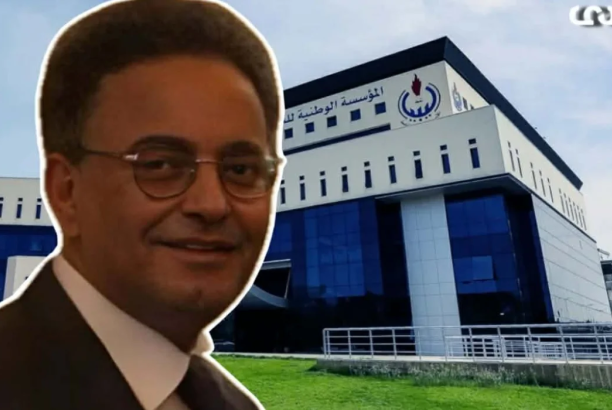
| Economic articles
Exclusive | “Al-Zantouti”: The Unified Development Agreement… Does it Truly Lay the Foundation for Sustainable National Development?
Written by: Financial Analyst Khaled Al-Zantouti
Many of us celebrated, rejoiced, and felt hopeful — even the outside world “cheered” with us — when the (conflicting legislative parties) finally reached an agreement regarding the unification of development spending, even though it is an unknown agreement whose nature, motives, and figures remain unclear.
Since we have been deprived of the word “agreement” for so many years — years in which we saw nothing but disputes and divisions, sometimes even backed by weapons — many people applauded an agreement whose content nobody knows. Some even rushed to predict that it would increase the value of the dinar, raise GDP, reduce inflation, and improve living standards! We all hope for that… but how did they know? Did this agreement present clear numbers, objectives, and development programs?I found none of that… only commemorative photos of the Central Bank Governor with representatives of the House and the State Council signing documents, exchanging files, and the “funder” standing between them — as if they were parties to a dispute with a mediator trying to settle it.
What we truly hope for is to strengthen the role of development in the national economy — and this cannot happen without allocating sufficient resources to create sustainable development in the short, medium, and long term.Looking now at the development spending figure published by the Central Bank up to the end of October: the actual expenditure was only 3.7 billion dinars, representing just 3.9% of total spending. This percentage is extremely low and does not meet even the simplest development requirements for a country like Libya.
According to some published statistics, development spending in various countries ranges between 15% and over 30% of public spending, especially in emerging economies.In Libya, we have lacked a foundation for sustainable development for many years. Therefore, we need to allocate more than 20% of total public spending to development.So does this Unified Development Agreement allocate such a percentage? This is what we truly hope for — even though we are aware that more than 90% of public spending goes to salaries and subsidies.
This is an issue that must truly be addressed, and a major responsibility rests on the Central Bank to design a unified development program, in coordination with the relevant executive authorities.Another challenge will then arise: how to distribute development allocations geographically and sectorally. At that point, voices will emerge with the mentality of “my share and your share,” which will eliminate any chances of achieving sustainable development for the nation.It does not concern me if development takes place in one geographical area of the country, as long as it positively impacts the economy as a whole.So can we — through this Unified Development Agreement — achieve this goal without quotas, corruption, or mismanagement?





